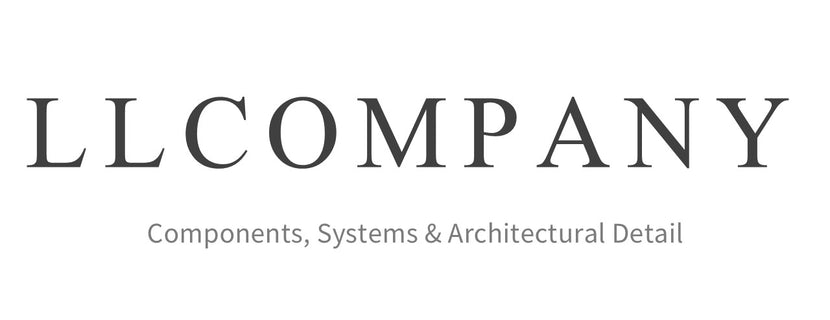Wall panelling isn’t a new way of adding beauty and sophistication to your property. This kind of decoration has been used in buildings since the Edwardian and Victorian times but has had a lot of adjustment over the years to ensure that it stays modern. Here at The Library Ladder Company, we supply hallway panelling that offers the perfect blend between the old, grand style of our culture’s past, and the excellent contemporary look that is on offer today.Wall panels for hallways are situated in an area of a building that arguably sees the most traffic on a daily basis, as you move from one room to another. But painted in your ideal shade, they can certainly stand out and make a fantastic impression. By installing our hall and stair wall panels, you can give your hallway the rich look that it deserves and transform the feel of your property in no time.Panelling in the hallway is not just stylish, but a hard-wearing option too. In fact, the wall panels available at The Library Ladder Company are designed to last a lifetime. They can easily withstand the inevitable wear and tear that comes with being a wall in any property and will still look the part for many years to come. It is all well and good having a certain style in mind to last for the foreseeable, but if it is not tough and able to combat the surroundings, is it really worth it? This makes our hallway panelling one of the best value for money solutions around.
Product Gallery
There are so many great ways to decorate a hallway with panelling, whether you are looking for traditional hallway panelling or a contemporary take on it. Choose from our selection of simple wall moulding to create a framed shaker wall design or make use of the decorative pre-moulded full wall panels that you can simple mount onto your wall and paint. There is an option for every space and style and all of the panelling comes primed ready for you to paint the perfect colour.




























































